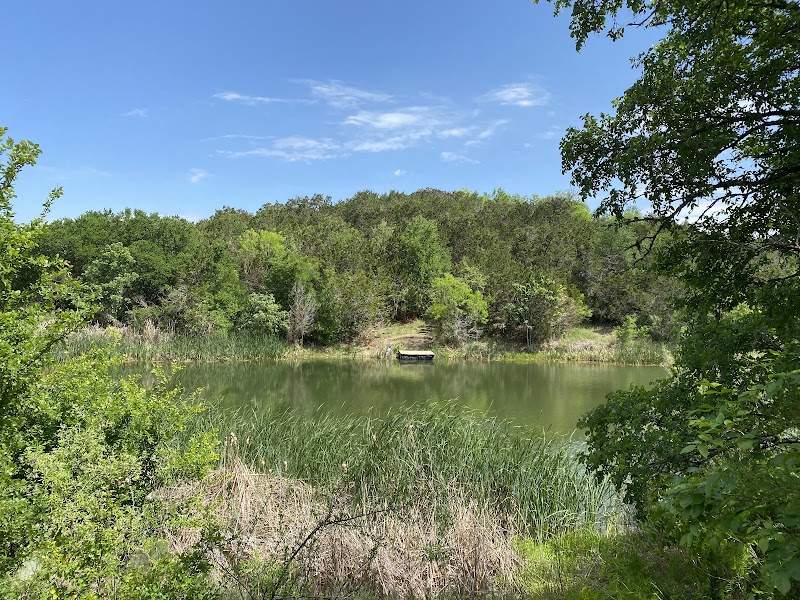
Southeast Metropolitan Park Adventures
Southeast Metropolitan Park is a large urban open space in the Denver metropolitan area offering diverse recreational opportunities including hiking, biking, fishing, and wildlife observation.
About Southeast Metropolitan Park

Southeast Metropolitan Park spans approximately 2,700 acres in the southeastern suburbs of Denver, Colorado, providing a vital green space amidst a rapidly growing urban landscape. The park features a mix of natural prairie, riparian corridors, ponds, and gently rolling hills, supporting a variety of native plant and animal species. Historically, the area was part of the traditional lands of the Ute and Arapaho tribes before development transformed the region. Today, the park is managed by the Southeast Metro Stormwater Authority, balancing flood control infrastructure with outdoor recreation and habitat preservation. Key recreation opportunities include a network of paved and unpaved trails suitable for hiking, running, mountain biking, and horseback riding, as well as several fishing ponds stocked with trout and bass. Birdwatchers have the chance to observe species like great blue herons, egrets, and migratory waterfowl. Notable landmarks include the extensive trail connectivity to nearby natural areas, scenic overlook points, and well-maintained picnic sites. The park is highly visited by families, outdoor enthusiasts, and anglers seeking accessible and varied outdoor experiences within the urban corridor. Annual community events and environmental education programs add to its visitor appeal, making Southeast Metropolitan Park a recreational hub and natural refuge in metro Denver.
Highlights
Over 35 miles of multi-use trails connecting to regional trail systems
Several large, well-stocked fishing ponds with accessible fishing platforms
Diverse birdwatching habitats with seasonal migratory species
Multiple picnic shelters and playgrounds offering family-friendly recreation
Notable Natural Features
Sand Creek Trail
A scenic multi-use trail following Sand Creek, offering gentle terrain and wildlife viewing opportunities.
Fishing Ponds
Several stocked ponds accessible to anglers, known for trout and bass fishing with ADA-compliant fishing docks.
Discovery Area
An interpretive zone featuring educational signage about local ecology and native species.
